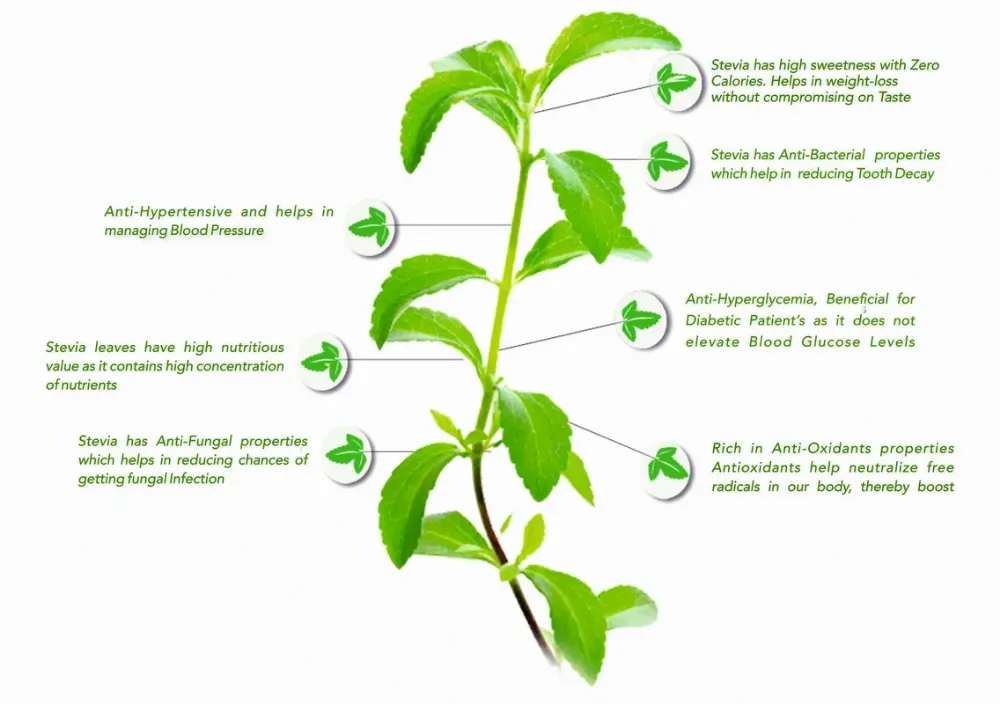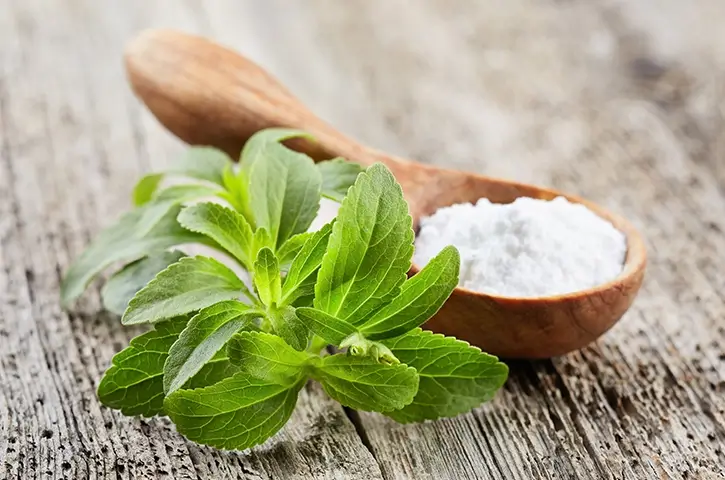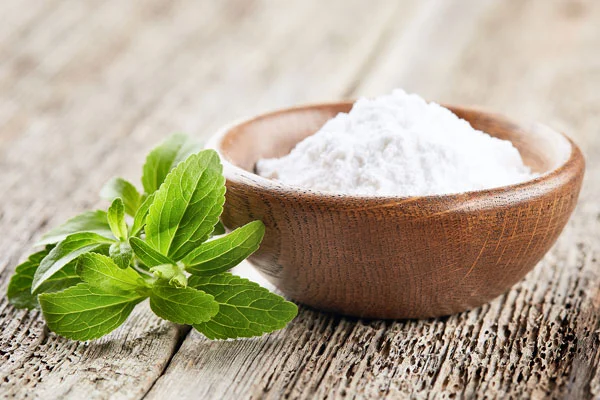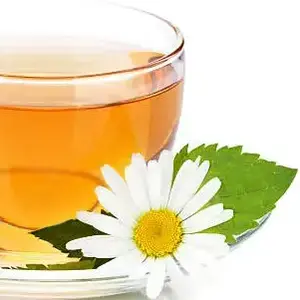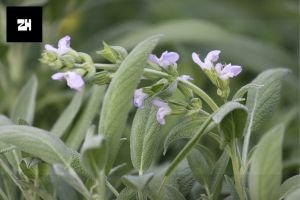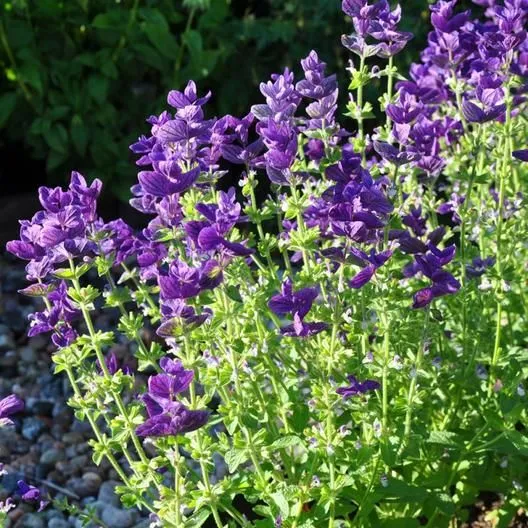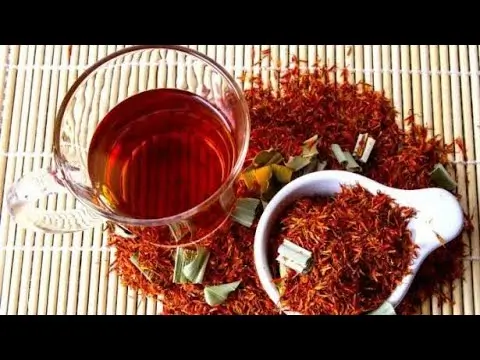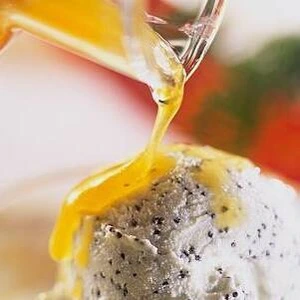Safflower is an ancient plant species cultivated for its oil-producing seeds, vibrant flowers, and resilience in changing conditions, which helps address food insecurities. This guide provides readers with a comprehensive overview, from selecting the highest quality Safflower Seed for Planting to choosing the ideal location, recognizing the optimal planting time, understanding the sowing process, and mastering harvesting methods. Following this guide ensures the successful cultivation of safflower seeds.
Safflower Seed for Planting
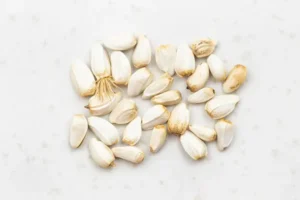
Safflower seeds are available from different sources including local nurseries, garden centers, agricultural supply centers, and online stores. Choosing the right safflower seed for planting from reliable vendors is critical to get a good germination and to keep your plants healthy in the best possible manner.
Here are the best sources for purchasing safflower seeds:
- Online Retailers
Many online marketplaces deal with the sale of all varieties of safflower seeds for planting from the most popular ones to more specialized varieties, like organic seeds.
- Local Garden Centers and Nurseries
Safflower seeds can be found widely in local garden centers and nurseries, especially around springtime when it is in demand. These stores usually grow local varieties that will produce a well-adapted safflower seed for planting in the local growing environment. Buying safflower seeds for planting from these centers allows you to interact with knowledgeable staff and physically observe the seeds before payment. This can work as an especially useful resource for novice growers seeking advice.
- Agricultural Suppliers
Agricultural supply stores are ideal places for purchasing in bulk. They target farmers and usually stock up on safflower seeds for planting in larger quantities for extensive planting.
You have to take a look at Safflower Plant Uses
When to Plant Safflower Seeds?
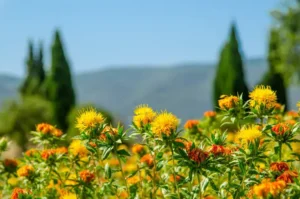
Timing is crucial when planting safflower seeds so that one can achieve maximum growth and yield. The following factors should be considered:
- The Optimal Planting Time of Safflower
Planting safflower seeds should be scheduled based on your local climate and growing environment. Safflower seed is often sowed into the soil when its temperature is about or above 40°F (4°C). While it varies by location, this temperature pattern often corresponds to the beginning of spring in many places. However, in warmer regions, safflower can also be planted in the fall for the winter yielding.
- Frost-Free Dates
It is important to sow safflower seeds after the frost date in your region is over. Safflower seeds are frost-sensitive, and young seedlings may be damaged by late frosts.
What Season does Safflower Grow in?
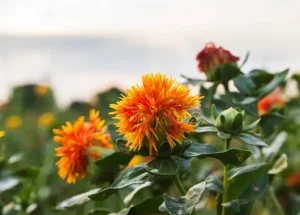
Safflower seed for planting generally thrives in spring and summer, producing blossoms in late spring or early summer, and seeds maturing between late summer and early fall. The planting-to-harvest season of safflower plants is about 120-140 days.
Understanding its seasonal growth cycle can help in planning and managing the planting process:
- Spring Planting
Plant safflower seeds in late spring while the chances of frost are already gone. This timing allows the plants to take advantage of the warm growing season.
- Summer Growth
Safflower seed for planting thrives in warm climates and full sun. During the summer months, the plants will grow vigorously, developing strong stems and vibrant flowers.
- Fall Harvest
When you buy safflower seed for planting, you must know that it is generally harvested during the fall when seeds are mature and the plant is dried out. The exact timing of the harvest will be determined by the type of variety and by the particular growing conditions of the region.
How to Grow Safflower Seeds?
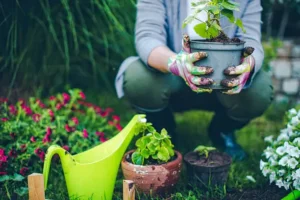
Preparing safflower seed for planting involves several key steps, from soil preparation to maintenance throughout the growing season. Here’s a detailed guide on how to grow safflower seeds:
- Soil Preparation
- Select the Location
First of all, choose a spot that is sunny and has good drainage. Safflower does not tolerate waterlogged conditions. Thus, proper drainage is a must.
- Soil Type
Safflower grows best in sandy, well-drained soils with a pH ranging approximately between 6 and 7. Sandy loam soils are the most suitable type for safflower seeds, but the plant can endure a variety of other soils.
- Planting Process
- Tilling and Weed Control
Before planting safflower seeds, till the soil to a depth of 20-30 cm, remove any weeds, and incorporate organic matter, such as compost, for soil fertility and structure improvements.
- Sowing Seeds
The chosen Safflower seed for planting should be planted 2 cm deep. Then, space out the plants 20 to 30 cm inside rows that are set 30 to 45 cm apart from each other. The space between the plants provides the plants with enough room to grow and develop strong root systems. Spacing also ensures adequate air circulation and decreases the risk of diseases.
- Watering
- Germination Stage
Keep the soil consistently moist during the germination period, which typically lasts 7-14 days.
- Growth Stage
Once established, safflower is relatively drought-tolerant. Water the plants deeply but infrequently, allowing the soil to dry out between watering sessions.
- Care and Maintenance
- Fertilization
Safflower generally does not require heavy fertilization. If your soil is nutrition-deficient, try using a balanced fertilizer at the time of planting. Limit the use of nitrogen, otherwise, it promotes foliage growth at the expense of seed production,
- Weed Control
Monitor and remove weeds from time to time to avoid competition. Mulching can help suppress weed growth and conserve soil moisture.
- Pest and Disease Management
- Common Pests
Look out for pests like aphids, caterpillars, and leafhoppers. Use insecticidal soap or neem oil to deal with infections.
- Diseases
Safflower may be infected by rust, root rot, and other diseases. Provide adequate air circulation and do not overwater to prevent diseases.
- Pollination
Safflower is primarily a self-pollinated plant, but bees and other insects can improve pollination. Promote pollinator activity by planting flowers and providing water supplies at the site.
Read Also: How Much Saffron to Use
Where to Plant Safflower?
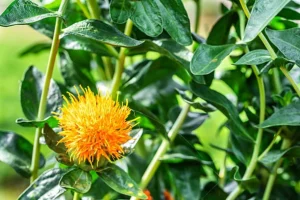
Safflower is a hardy annual plant, which generally flourishes in hot, dry climates with abundant hours of sunlight. Choosing a site that is suitable for safflower seed planting is crucial for it to be viable. Consider the following factors:
- Sunlight
Safflower flourishes in full, sunny conditions. Select a spot that gets at least 6-8 hours of direct sunlight in a day.
- Soil Drainage
Choose a planting site that has well-drained soil. Safflower is not able to adapt to waterlogged soils, which may even cause root rot.
- Crop Rotation
To avoid soil pathogens and pests, use crop rotation. Safflower seed for planting shouldn’t be in the same place that you planted it before. Rotate with unrelated crops such as legumes, cereals, or vegetables to preserve the soil health.
- Spacing and Airflow
Allocate enough space between plants to promote adequate air circulation and thus prevent fungal diseases. The suggested spacing is 6 inches to 8 inches between plants and 12 inches to 18 inches between rows.
How to Harvest Safflower Seeds?
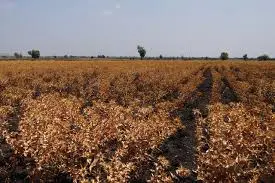
Once the stalk and leaves are brittle, and brown color dominates most of the plant with a little amount of green color left on the latest flowering heads, that’s when to pick safflowers.
Harvesting safflower seeds involves careful timing and other considerations for maximum yield and quality:
- Determining Maturity
Safflower is ripe when most of the flower heads turn brown and the seeds are hard. This generally happens around day 110-140 after planting the seeds, however, the specific time varies depending on variety and growing conditions.
- Harvesting Techniques
For small gardens, safflower can be hand-picked. With scissors or a sharpened knife cut the flower heads. Gloves will help your hands avoid the thistle-like spines.
- Drying and Cleaning
Once the safflower heads are harvested, let them dry in a well-ventilated, dry area. Spray them out on a tarp or drying rack to prevent mold and mildew. After being dried, take off safflower seeds from the flower heads by rubbing the head gently or using a mechanical thresher.
How to Store Safflower Seeds?
Safflower can be stored after cleaning and drying at a cool and dry place. It is recommended to use airtight containers to prevent seeds from getting moist and being harmed by pests. Stored in the right ways, seeds can be viable for planting for up to three years.
How long does safflower seed last?
Properly stored safflower seeds can remain viable for planting for up to 2 years. To maximize safflower seed for planting longevity, store it in a cool, dry place away from direct sunlight and moisture. Performing a germination test before planting older seeds can help determine their viability and ensure successful germination. Use airtight containers, such as glass jars or vacuum-sealed bags, to protect the seeds from moisture and pests.
Conclusion
In the end, germinating safflower seeds for planting becomes a real source of fun for both gardeners and farmers. The know-how of the source to purchase good safflower seed for planting, and the conditions that best promote the plant’s growth, harvesting, and storing are all aspects that one must know for any successful cultivation. Through implementing the individual measures that have been covered, you will be able to cultivate a crop capable of yielding not only flowers of a magnificent hue but also seeds that are rich in oil.
FAQs
- Is safflower easy to grow?
Yes, safflower is relatively easy to grow. It thrives in well-drained soil and full sunlight, requiring minimal care. It’s a hardy plant that can tolerate drought and poor soil conditions.
- How much water does safflower need?
Safflower needs moderate water, especially during germination and early growth. Aim to keep the soil consistently moist but avoid overwatering. Once established, safflower is relatively drought-tolerant.
- What not to plant with safflower?
Avoid planting safflower near crops that need frequent watering, like lettuce or tomatoes, as safflower prefers dry conditions. Also, steer clear of planting near crops susceptible to similar pests. Also avoid planting safflower near crops that attract pests common to safflower, such as beans and sunflowers.
- Do squirrels eat safflower seeds?
No, squirrels typically do not eat safflower seeds. They tend to prefer other seeds and nuts, such as sunflower seeds and peanuts, over safflower seeds in their diet.


